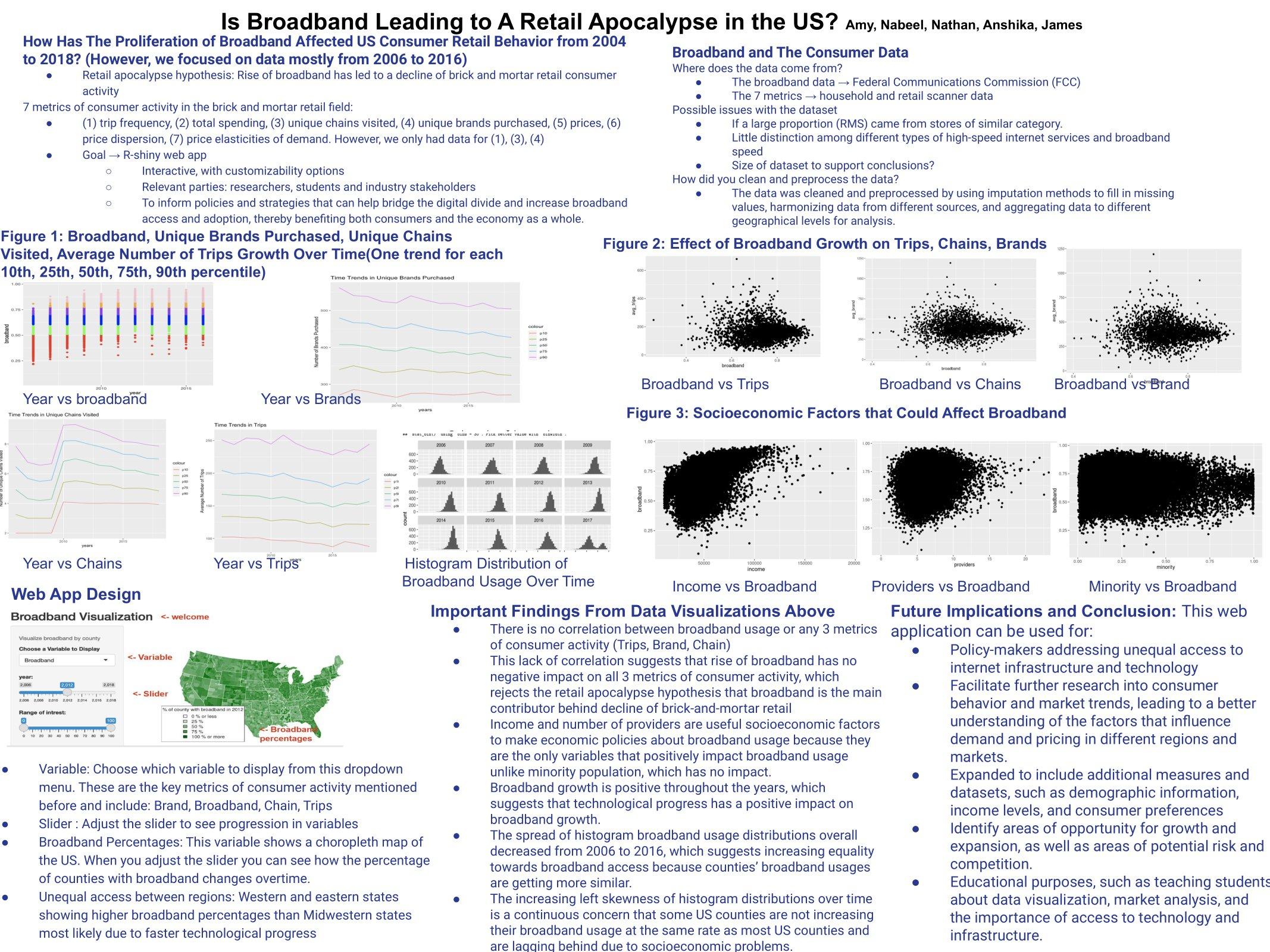Our team is spread across three institutions: Arizona State University, the San Francisco Federal Reserve Board, and the University of Chicago. We’re interested in understanding big picture trends in US consumer behavior. To that end, our project’s goal is to apply frontier statistical methods to big data on household purchases to measure consumer purchasing patterns and their relationship with product prices. The key object we study is the household’s price elasticity of demand, which measures price sensitivity – how much do you lower consumption when prices go up?
These “demand elasticities” are a key input to many economic models’ construction of markups and the assessment of consumer surplus. For example, when consumers are insensitive to price, this gives incentives for firms to raise prices and charge a monopoly markup.
We measure the price elasticity of demand for around 14,000 products by region-year using retail scanner data. In all, we estimate over 7.5 million demand elasticities. We find that the distribution of these elasticities is stationary over time. However, we document substantial spatial heterogeneity in consumers’ price sensitivity: consumers in the largest markets are the most price elastic. As demand elasticities are a key input into the measurement of markups, our results suggest that any conclusions that markups are rising in retail markets must be driven by assumptions on how firms compete against these demand elasticities.

